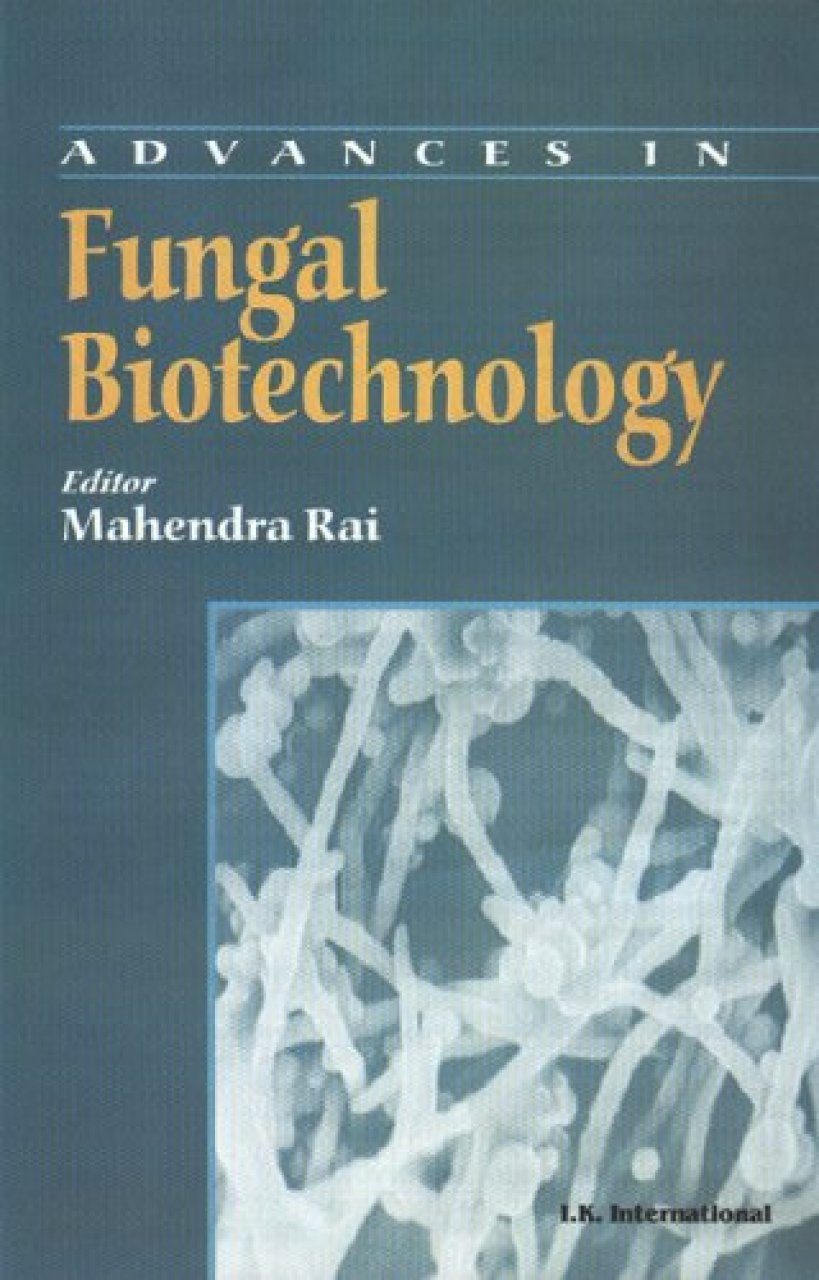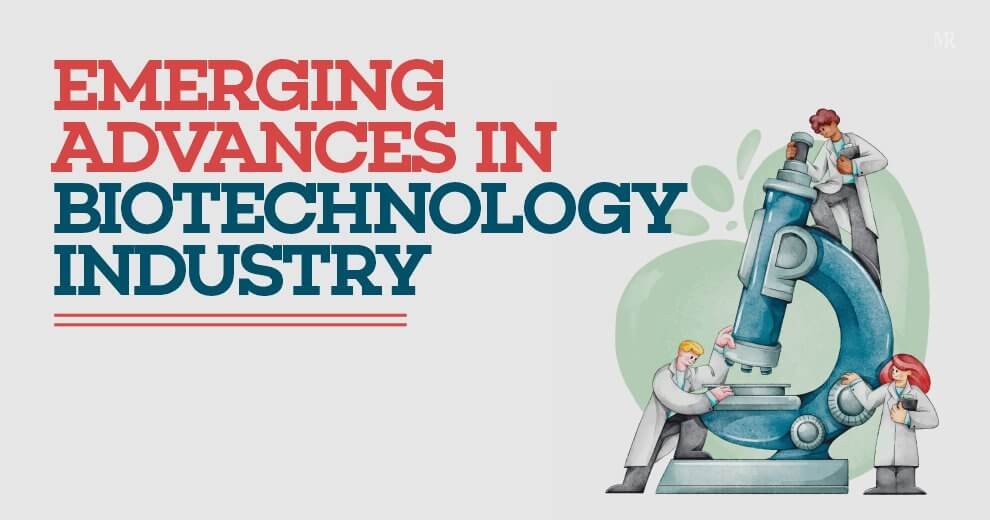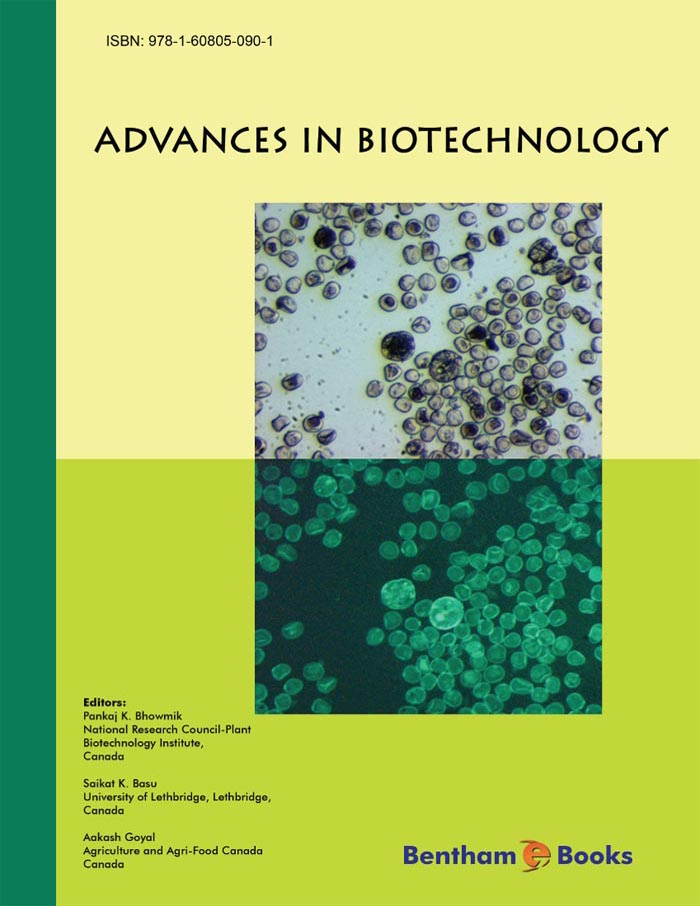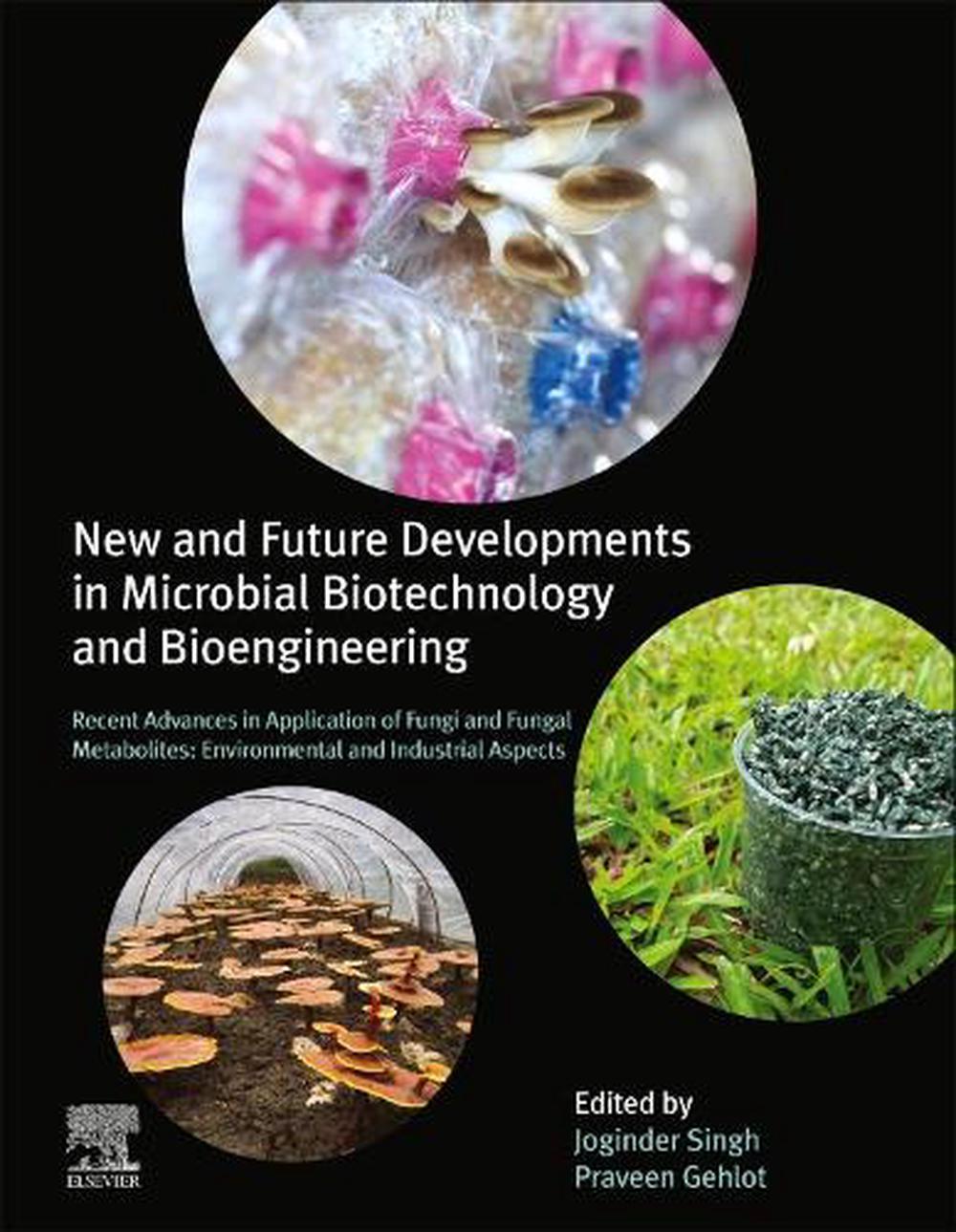
Fungal Biology Recent Advancement in White Biotechnology Through Fungi Volume 3 Perspective
Many of the commercial production processes for organic acids are excellent examples of fungal biotechnology. However, unlike penicillin, the organic acids have had a less visible impact on human well-being.. (2004). Organic Acid Production by Filamentous Fungi. In: Tkacz, J.S., Lange, L. (eds) Advances in Fungal Biotechnology for Industry.

Advances in Fungal Biotechnology NHBS Academic & Professional Books
Advances in Fungal Biotechnology for Industry, Agriculture, and Medicine. Jan S. Tkacz, Lene Lange. Springer US, Oct 21, 2012 - Medical - 445 pages. In the past half century, filamentous fungi have grown in commercial importance not only in the food industry but also as sources of pharmaceutical agents for the treatment of infectious and.

Mind the Fungi Art Laboratory Berlin
In the twentieth century, use of fungal products has moved substantially into a new industrial era. From approximately 1985 onwards, the industrial biotechnology sector developed methods for large-scale production of a wide range of enzymes, making it possible for agroindustrial sectors in particular, such as textile and leather industries, to switch from chemical processing to the milder.

(PDF) Resourcebased and institutionbased approaches to biotechnology industry development in
4. Conclusions. The application of biotechnology to the field of mycology and fungal genetics has yielded a great deal of progress in recent years and is on the cusp of applying great positive change to global society. We highlighted the key areas of discovery and application of fungi into emerging technologies.

Emerging Advances in Biotechnology Industry mirrorreview
Advances in Fungal Biotechnology for Industry. Agriculture. and Medicine. Edited by Jan S. Tkacz and Lene Lange, K1uwer AcademiclPlenum Publishers. 2004. 237. 238 Frieder Schauer and Rainer Borriss An advantage of using enzymes in technology lies in the multitude of biochemical reactions

Advances in Fungal Biotechnology for Industry, Agriculture, and Medicine
Advances in Fungal Biotechnology for Industry, Agriculture, and Medicine - Ebook written by Jan S. Tkacz, Lene Lange. Read this book using Google Play Books app on your PC, android, iOS devices. Download for offline reading, highlight, bookmark or take notes while you read Advances in Fungal Biotechnology for Industry, Agriculture, and Medicine.

Master in Biotechnology
Conclusions and outlook. The fungal kingdom presents enormous opportunities for applications in medicine, biotechnology, and environmental sustainability, while also posing devastating threats to human, plant, and animal health. Moreover, the breadth of fungal diversity remains relatively underexplored and the impact of climate change and.

Fungal Biotechnology and Application MDPI Books
This book will bring the advances in fungal biotechnology for industry agriculture and medicine book and the system of this book of course will be much easier. Reading is a hobby to open the knowledge windows. Besides, it can provide the inspiration and spirit to face this life. By this way, concomitant with the technology development, many companies serve the e-book or book in soft file.

Recent Advances in Biotechnology Nova Science Publishers
Recent advances in the molecular genetics of filamentous fungi are finding increased application in the pharmaceutical, agricultural, and enzyme industries, and this trend promises to continue as the genomics of fungi is explored and new techniques to speed genetic manipulation become available.

Advances in Biotechnology
Advances in Fungal Biotechnology for Industry, Agriculture, and Medicine Jan S. Tkacz, Lene Lange No preview available - 2012. Common terms and phrases. Acad activity Agrobacterium tumefaciens amino acids Appl aromatic Aspergillus nidulans Aspergillus niger Aspergillus oryzae bacterial Biochem Biol biosynthesis biosynthetic genes Biotechnol.

New and Future Developments in Microbial Biotechnology and Bioengineering Recen 9780128210079
Background Processes and products employing filamentous fungi are increasing contributors to biotechnology. These organisms are used as cell factories for the synthesis of platform chemicals, enzymes, acids, foodstuffs and therapeutics. More recent applications include processing biomass into construction or textile materials. These exciting advances raise several interrelated questions.

Research areas in plant biotechnology Science of Healthy
Advances in Fungal Biotechnology for Industry, Agriculture, and Medicine . In the past half century, filamentous fungi have grown in commercial importance not only in the food industry but also as sources of pharmaceutical agents for the treatment of infectious and metabolic diseases and of specialty proteins and enzymes used to process foods, fortify detergents, and perfo.

Everyday Uses of Biotechnology AIMST University
The Digital and eTextbook ISBNs for Advances in Fungal Biotechnology for Industry, Agriculture, and Medicine are 9781441988591, 1441988599 and the print ISBNs are 9780306478666, 0306478668. Save up to 80% versus print by going digital with VitalSource. Additional ISBNs for this eTextbook include 9781461346944.
What Is Biotechnology?. A concept about biotechnology. by Nazmus Sakib THE CROWN Medium
Advances in Fungal Biotechnology for Industry, Agriculture, and Medicine: 9781461346944: Medicine & Health Science Books @ Amazon.com

What Is Biotechnology & What Is It Used For? Genflow
Advances in Fungal Biotechnology for Industry, Agriculture, and Medicine 1st Edition is written by Jan S. Tkacz; Lene Lange and published by Springer. The Digital and eTextbook ISBNs for Advances in Fungal Biotechnology for Industry, Agriculture, and Medicine are 9781441988591, 1441988599 and the print ISBNs are 9780306478666, 0306478668.

Growing a circular economy with fungal biotechnology a white paper Fungal Biology and
Recent advances in the molecular genetics of filamentous fungi are finding increased application in the pharmaceutical, agricultural, and enzyme industries, and this trend promises to continue as the genomics of fungi is explored and new techniques to speed genetic manipulation become available. This volume focuses on the filamentous fungi and.
- Javier Menéndez Llamazares Esmeralda Diaz Aroca
- Primer Torneo Contra El Acc Baloncesto Perchera La Braña
- Accidente Camion En China Noticias Antena 3hina
- Caracteristicas Motor Duratec He 4 Cilindros
- Que Significan 2 Rayas En Una Prueba De Embarazo
- Cable Hdmi Usb C Samsung
- Active Senior Mobile Home Community Near Glenwood
- Rompecabezas Del Cuerpo Humano A Color Para Niños De Preescolar
- Diseñar Experiencias Para El Aprendizaje Situado
- Casco Antiguo Vilagarcia De Arousa